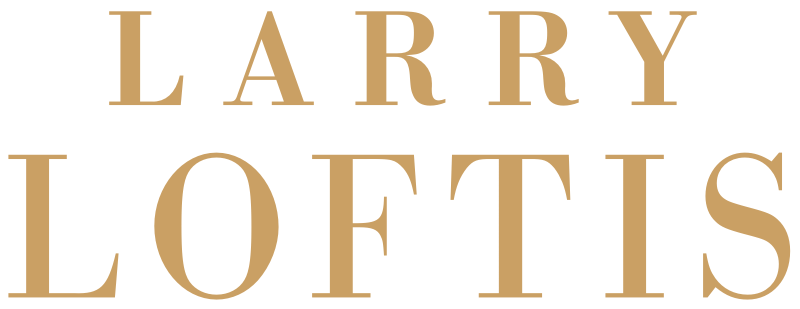Tale of Two Casinos
After the iconic beach scene from Dr. No, perhaps no other image conjures up visions of James Bond more than a casino. For Ian Fleming, however, the order would probably be reversed. The first words of the Bond world, we must remember, came on this date, 1953, in Casino Royale:
"The scent and smoke and sweat of a casino are nauseating at three in the morning."
Fleming was remembering, of course, his time during World War II in Casino Estoril, just outside Lisbon. Like Spain, Portugal had remained neutral during the war and Madrid and Lisbon were the principal cities where spies earned their keep. At the airports, Allied and Axis airplanes rested side by side. In the markets, British and German propaganda shops often occupied adjoining spaces. Cafes and bars were open all night and the languages heard in them included English, German, Russian, Japanese, Italian, and even Romanian.
In May 1941, Fleming joined his boss, Director of Naval Intelligence Rear Admiral John Godfrey, on a trip to the United States to lobby President Roosevelt to create a foreign intelligence branch (OSS, forerunner to the CIA), and to appoint General William "Wild Bill" Donovan as its head. On the outbound and return trips, Fleming had layovers in Lisbon. On May 20 he checked into the exclusive Palacio Hotel in Estoril, Portugal's Riviera. The entire area had been developed a decade earlier as a ritzy retreat for the rich and famous, and included all amenities: a world-class hotel (Palacio), the largest casino in Europe, thermal springs, fine restaurants and bars, and a sizzling beach. On his return trip in July, Fleming would stay with a friend, British diplomat David Eccles, for several weeks and again enjoy the casino.
What Fleming wrote in Casino Royale, his first novel, was a re-creation of 1941 Estoril. Royale-les-Eaux, we recall, was a fictional seaside town—formerly a fishing village—by the real cliffs of Brittany, France. Estoril is a seaside town—formerly a fishing village—by the real cliffs of Cascais. The two hotels—Spendide and Hermitage—mirrored Estoril's Palacio and Parque, respectively. In the fictional setting and the real one, the hotels are graced with beautiful gardens and fountains. The casinos, too, are identical—red wine carpets and curtains, with vast chandeliers.
What is compelling, however, is the game itself. Just before Fleming returned to England on August 12, he shadowed Dusko Popov, an MI6 double agent he had heard about through Admiral Godfrey (who sat on both the W Board and the XX Committee, which supervised British double agents). No ordinary spy, Popov was highly intelligent, handsome, charming, and spoke five languages. He was also a crack shot, an ice-water-veined gambler, and an incorrigible playboy. Fleming apparently knew that on this particular night, Popov would be carrying a sizeable amount of money from a British operation crafted by Dusko called "MIDAS."
After trailing Popov from the Palacio to the casino, Fleming watched from the sidelines as Dusko sat down to play baccarat against a wealthy but boorish gambler (Bloch) who was "holding the bank" (dealer position). Bloch was fleeing the Nazis from Liechtenstein. Fleming watched as Popov bet $50,000 (about $700,000 today)—money belonging to MI6—to humiliate and crush his opponent.
In Casino Royale, an MI6 agent (James Bond) plays a high-stakes game of baccarat (the game was changed to Texas Hold 'em for the film version) at Casino Royale. Bond is playing—with MI6 money—against a villain (Le Chiffre) ... who holding the bank ... and fleeing the Russians. Another intelligence officer (Rene Mathis) watches as Bond tries to bankrupt his opponent.
Sound familiar? LeChiffre is Bloch, Mathis is Fleming, and Bond is Popov. In the true version—1941 Estoril—Dusko Popov never lost a hand.
Ian Fleming never forgot.

